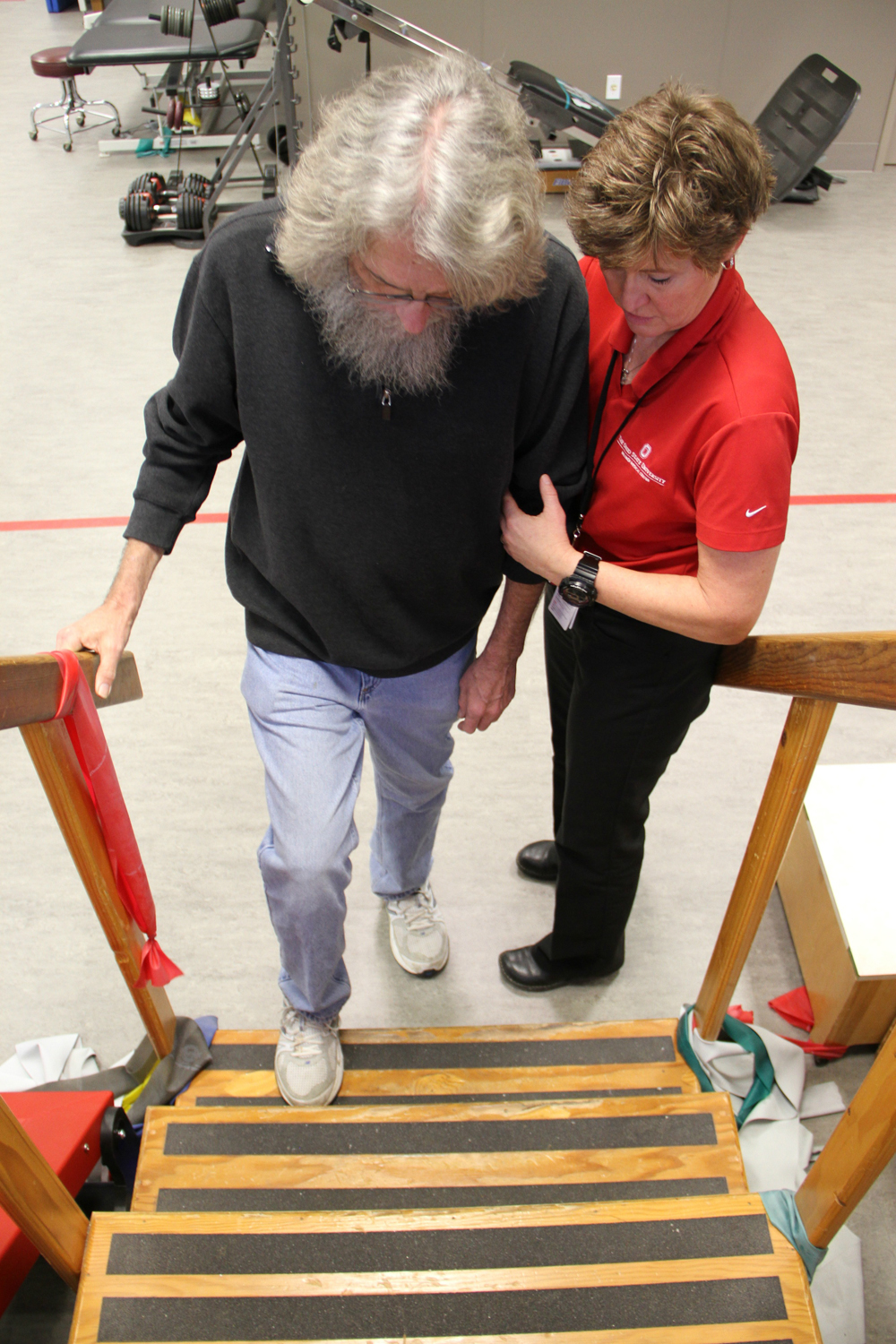
It's Not Just Ice: 10 Tips to Avoid a Bad Fall

Dr. Joe Rosenthal, physical medicine and rehabilitation physician at The Ohio State University Wexner Medical Center, contributed this column to Live Science's Expert Voices: Op-Ed & Insights.
Every 13 seconds, an older adult is rushed to an emergency room because of a fall. So many older adults are falling that it's now the leading cause of accidental death among the elderly. However, despite the fact that the rate of fatal falls is at an all time high, most — if not all — of these accidents can be prevented.
Nationally in 2012, 2.4 million non-fatal falls among older adults were treated in emergency rooms and more than 722,000 of these patients were hospitalized, according to the U.S. Center for Disease Control and Prevention (CDC). Not surprisingly, as the U.S. population ages, both the number of falls and the costs to treat fall injuries are likely to increase. In 2012, the direct medical costs of falls among older adults, adjusted for inflation, were more than $30 billion, the CDC reports.
The costs can be psychological, too. As a physical medicine and rehabilitation physician at The Ohio State University Wexner Medical Center, I've seen that patients who have fallen before often develop a fear of falling, which puts them at an even higher risk of falling again. To these patients, even a simple trip to the grocery store is a potentially dangerous and nerve-racking experience.
While many think that falling is a natural part of aging, that's not true. There are many reasons why patients fall, including vision or medication problems, or even conditions like diabetes and low blood pressure. The reality is, most of these falls are avoidable.
That's why it's so important for doctors to assess patients from head-to-toe, examining their history of falls and medical history, along with testing their gait (the process of walking) and balance. That's the approach we take at Ohio State's fall prevention clinic, along with asking our patients to describe their home environment, including how many stairs they use in their home.
Once patients know why they're falling, we help them undergo specific therapy to help them stop. Some of our patients are referred to outpatient physical therapy for exercises to strengthen certain muscles, increase their range of motion and improve their gait and endurance to lessen the risk of falls. For others, we may inspect their home and encourage them to make changes to create a safer and risk-free environment.
Get the world’s most fascinating discoveries delivered straight to your inbox.
If you have an older loved one, try to visit them in their home and evaluate their risk of falling. The following tips may help reduce the risk of falling at home:
- Remove clutter to create clear paths for walking through the home;
- Remove throw rugs or use double-sided tape to keep rugs from slipping;
- Install handrails and lights on all staircases;
- Install grab bars inside and outside the shower and next to the toilet;
- Use non-slip mats in the bathtub and on shower floors;
- Avoid using step stools or ladders to reach items on high shelves;
- Extend the chain on ceiling fans to make them easily reachable;
- Avoid walking on icy surfaces outside;
- Get up slowly and turn on a light before walking across the room;
- Wear shoes both inside and outside the house. Avoid going barefoot or wearing slippers;
It may also be helpful for patients to ask their doctor or pharmacist to review their medicines — both prescription and over-the-counter — to identify those that may cause side effects like dizziness or drowsiness. It's also crucial to examine medication that could lower blood pressure too much, as that could also cause a fall. I recommend an annual vision checkup by an eye doctor to lessen fall risk.
Falling is not a guarantee that comes with age. There are steps doctors, patients and caretakers can take to help prevent falls and make life exceedingly easier for these patients. Our goal is to bring these numbers down by helping our patients stay up.
Follow all of the Expert Voices issues and debates — and become part of the discussion — on Facebook, Twitter and Google+. The views expressed are those of the author and do not necessarily reflect the views of the publisher. This version of the article was originally published on Live Science.



